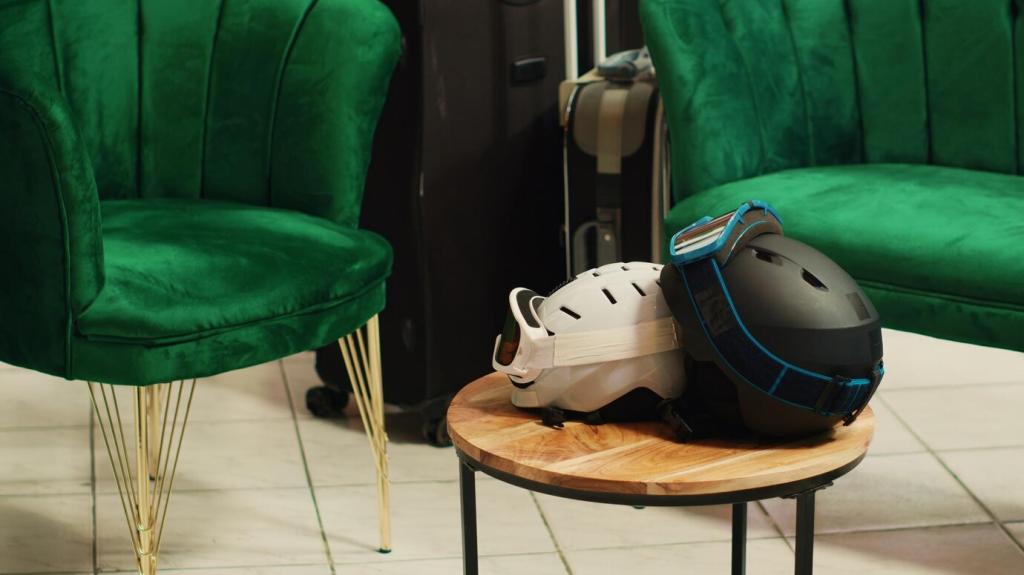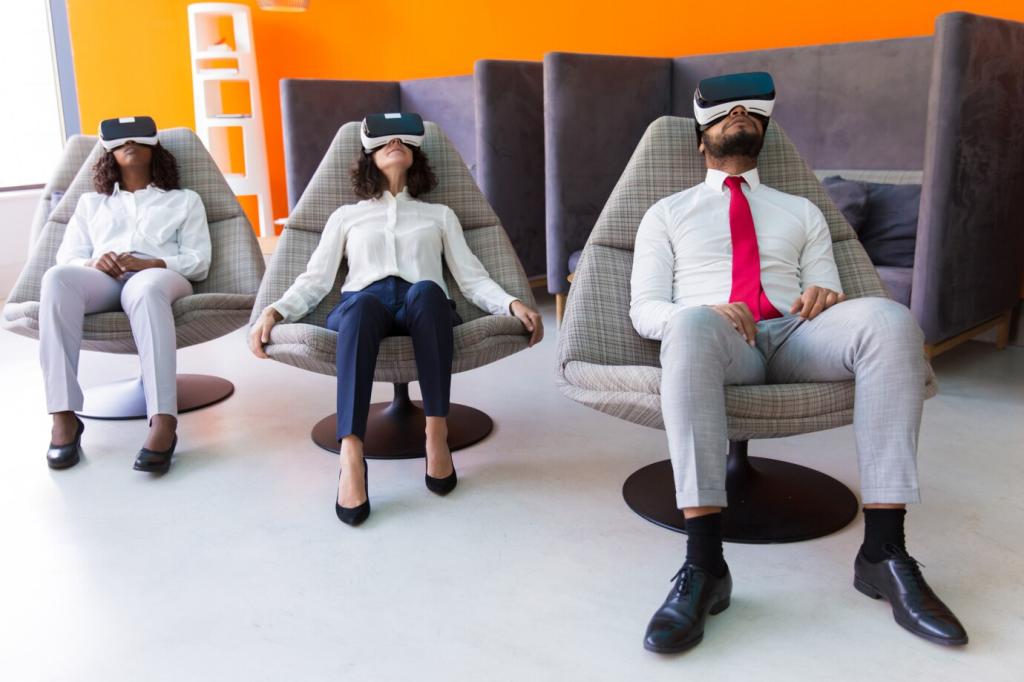Power, Safety, and Reliability Inside Furniture
Favor 5–24V low-voltage rails with a single certified external power brick. Inside, use fuses, polarity protection, and DC-DC regulation close to loads. This reduces risk, noise, and heat buildup, while simplifying compliance and everyday home safety.
Power, Safety, and Reliability Inside Furniture
Route cables along chamfered channels, add strain relief, and choose locking connectors that tolerate movement. Cloth-braided sheathing can complement wood grain while protecting conductors. Label every run; future you will thank present you during upgrades and repairs.



